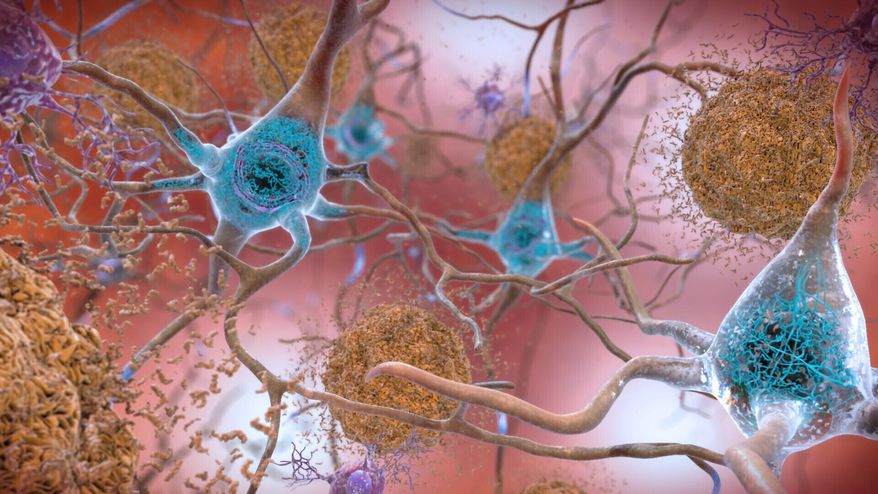
This illustration made available by the National Institute on Aging/National Institutes of Health depicts cells in an Alzheimer’s affected brain, with abnormal levels of the beta-amyloid protein clumping together to form plaques, brown, that collect between neurons and disrupt cell function. Abnormal collections of the tau protein accumulate and form tangles, blue, within neurons, harming synaptic communication between nerve cells. An experimental Alzheimer’s drug modestly slowed the brain disease’s inevitable worsening, researchers reported Tuesday, Nov. 29, 2022 — and the next question is how much difference that might make in people’s lives. Japanese drugmaker Eisai and its U.S. partner Biogen had announced earlier this fall that the drug lecanemab appeared to work, a badly needed bright spot after repeated disappointments in the quest for better Alzheimer’s treatments. (National Institute on Aging, NIH via AP)
Featured Photo Galleries









Trump Transition: Here are the people Trump has picked for key positions so far
President-elect Donald Trump has announced a flurry of picks for his incoming administration. Get full coverage of the Trump transition from The Washingon Times.





